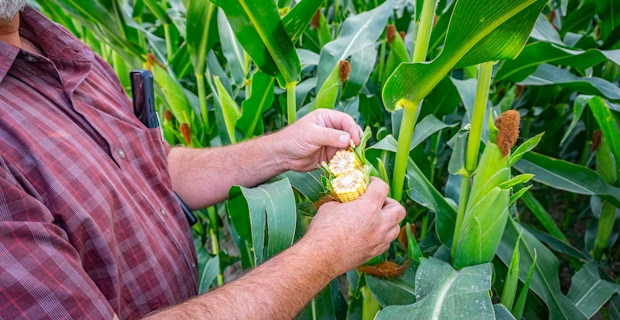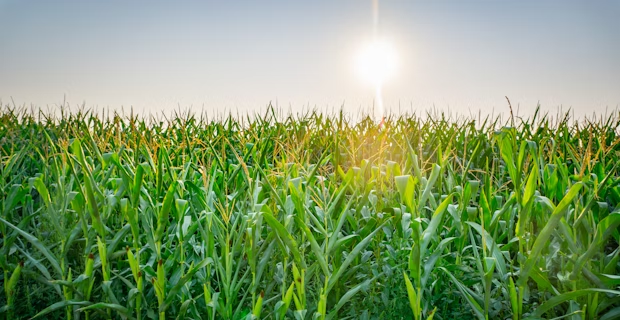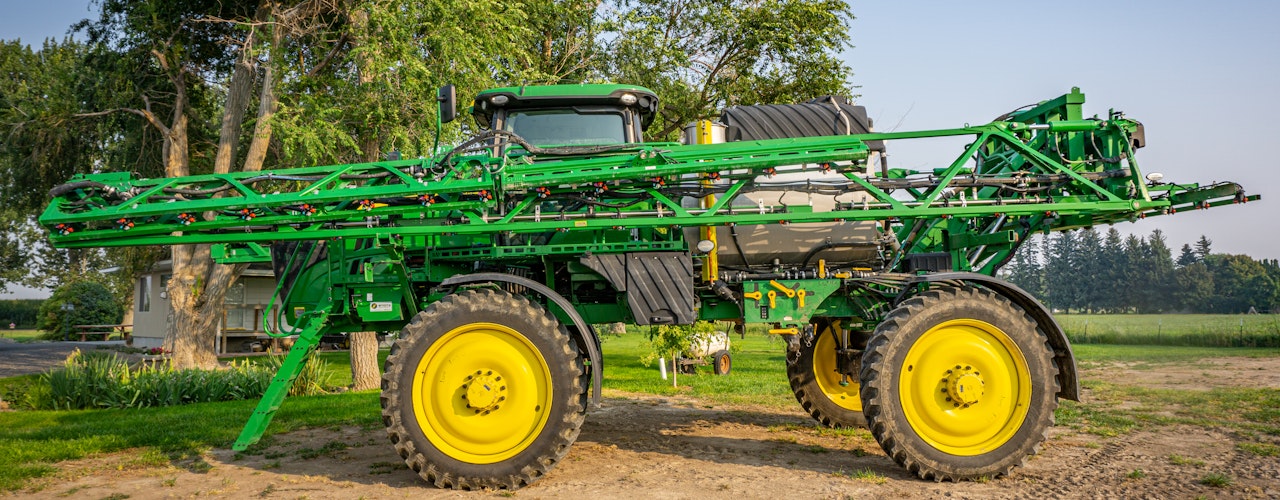Podcasts have been around for many years but some people, like myself, have only recently discovered how pleasant it is to listen to a good podcast while going for an early morning or evening walk. It’s a great opportunity to get educated on a plethora of new and interesting topics that I would otherwise never have known about. My favourite podcasts however are those that are related to agriculture, and there are plenty of them out there.
A few weeks ago I listened to an episode of Tim Hammerich’s ‘Tech-Enabled Advisor Series’, which is part of his ‘Future of Agriculture’ podcast, with Jonathan Zettler - founder of Fieldwalker Agronomy. An interesting part of the podcast that I’d like to share with you here is Jonathan’s use of the term ‘optimal rate’ instead of ‘variable rate’ (in relation to applying inputs to a field). Jonathan says: “Optimal rate implies that there is some thought process as to why you are adjusting a rate in different parts of the field and refers more to the agronomy of coming up with a recommendation, whereas variable rate just describes that the machine can adjust the rate, it doesn’t imply that it’s the right rate.”

Jonathan then goes on to explain that, when it comes to fertilizer for example, making sure you are 4R compliant is most important and, if you are, that means that the rate is optimal - whether it is adjusted throughout the field or not. I really like Jonathan’s line of reasoning and I think that this same principle applies to many other parts of the agtech sector as well: just using something because it has a certain capability doesn’t mean that it is actually creating the best solution for a situation or issue you are trying to solve.
In my opinion, a similar parallel can be drawn to the many different ways in which farm data gets collected, stored and utilized. Just because someone tells you that a piece of equipment ‘collects geospatial data’ does not mean that this data is useful; the equipment might not be properly calibrated, it might not collect the correct data, or it might not be stored and export in a format that is useful for further use and analysis, which is likely to be a reason for collecting it.

The same principle applies to farm data software: just because an app or platform allows you to enter and store field level data, doesn’t mean it’s any good to you. If the data is not stored or collected in a standardized format for example, or your provider doesn’t have the tools that enable you to analyze the data and let it guide you in your decision making process, you won’t be able to derive any benefits from the effort you are putting into collecting field level data and you’ve wasted your time and money.
As is the case with many things in life, the devil is in the details, and so when it comes to farm data, making sure that the solution you choose is ‘optimal’ for your operation is key. I recommend that growers and agronomists look at all solutions available to them and choose the option that offers the best results right now. It’s easy to get blinded by new providers ‘selling the dream and vision’ and using shiny marketing language that tells you ‘they can do it all’. Go with a proven provider that you know will remain in business far into the future, and that has a track record of providing their users the ‘optimal’ solution they need. Not sure how to choose the right solution for you? Make sure you have a look at the following features at a minimum:
Mobile and web data accessibility
- Check whether you can use the solution both on your phone/iPad as well as the website on a desktop computer. Cloud-based solutions mean that your data can be accessed from anywhere, even if you lose a device
Online and offline capabilities
- Check whether your solution works offline as well so you can use it anywhere, even when there is no cell phone signal
Ease of use
- Check whether your solution has an easy to use interface that is easy to navigate for yourself and your staff
Collaboration
- Check whether your solution allows you to share data back and forth with your farming partners such as agronomist, banker, ag retailer and financial advisor, as well as farm staff such as admin, equipment operators and field staff
Data privacy
- Check whether you own your data and that your data does not get sold or used in ways you don’t consent to. Your provider should act as an independent custodian of your data and nothing else. Tip: if your solution provider has a conflicting (often much larger) part of the business that is not aligned with your best interests (e.g. - they might sell inputs to farmers) - chances are that being an ‘independent custodian’ of your data is not something they are interested in.
- Check whether your provider’s privacy practices comply with applicable legislation such as CCPA or GDPR.
Data security
- Check whether your provider has a firm eye on data security with a dedicated team working on this at all times.
- Check whether your provider regularly utilizes outside vendors to perform independent penetration testing to find vulnerabilities.





